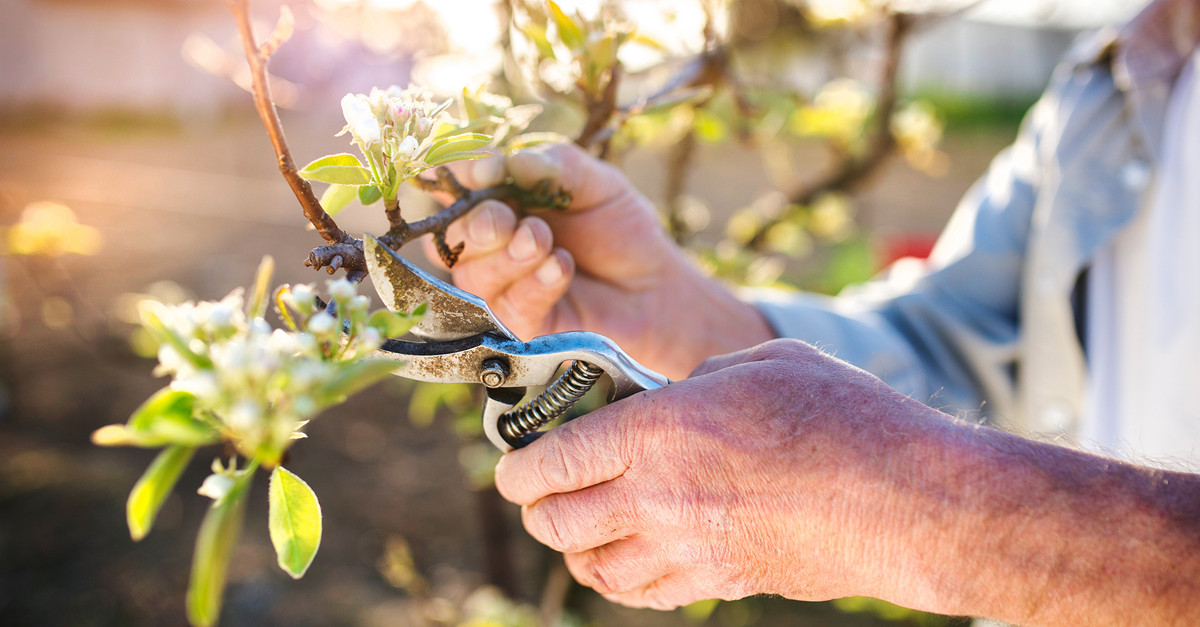Should You Plant Trees in the Winter?
Planting a tree feels good for the soul, and benefits your landscape and the environment overall. While we’d love to say that it’s never a bad idea to plant one, in reality, there are some parameters when it comes to doing it right.
Whether you’re resolving to spruce up your property for the New Year or cabin fever has you craving greenery, here are some important details you should know about planting trees in the winter.
When’s the Best Time to Plant Trees?
When it comes to planting a new tree, there are many variables that can contribute to its long-term success. From soil composition to choosing the right tree species for your region, getting these details ironed out gives your sapling the best odds of thriving. Among the most important factors of optimal tree planting is the timing.
Across the board, the best time to plant a tree is during its dormant season. This is the time frame when new growth either stops completely or slows considerably. Though that does usually happen in the winter season for many species, we encourage you to pause before you pick up the shovel.
Wintertime Tree Planting: Why Not?
Though it may seem counterintuitive, the dead of winter isn’t the best time to plant trees for several reasons. For one, frozen ground can make it difficult for you to dig to the proper depth. The hole for your tree should be as deep as the root ball is tall, but colder temperatures and lack of moisture may mean you’ll have trouble digging beyond a few inches.
Another important concern is that frosts are risky for young trees. Even if it isn’t going through a growth spurt yet, your small sapling won’t have the strength needed to withstand such temperature extremes.
The Right Season for Saplings
If trees should be planted during their dormant season, but not during extreme cold, that leaves a fairly small window of time for you to do your planting. The good news is that you have two options: most trees can either be planted in the fall, after leaves have dropped but before the ground has gotten too cold, or after the spring thaw but before any buds have emerged.
The very best time will come down to the tree’s species. Conifers like spruces and cypress trees should be planted in early fall, as they need more time to be established before winter weather arrives. Magnolias, cherry varieties, and tulip trees all make for good spring planting.
Whenever you decide to plant your tree, check the forecast for any upcoming temperature extremes. Even one unseasonably hot (or cold) day could damage a young tree. It’s also best if you have some clear days of sunshine ahead. While new trees definitely need moisture, heavy rains can erode the soil and make it challenging for roots to take hold.
For tree expertise through the winter and beyond, allow Premier Tree Solutions to assist you. Our arborists provide a wide range of tree care and removal services, including pruning and trimming. Call 404-252-6448 to schedule a service, or visit our website to schedule a free assessment.










